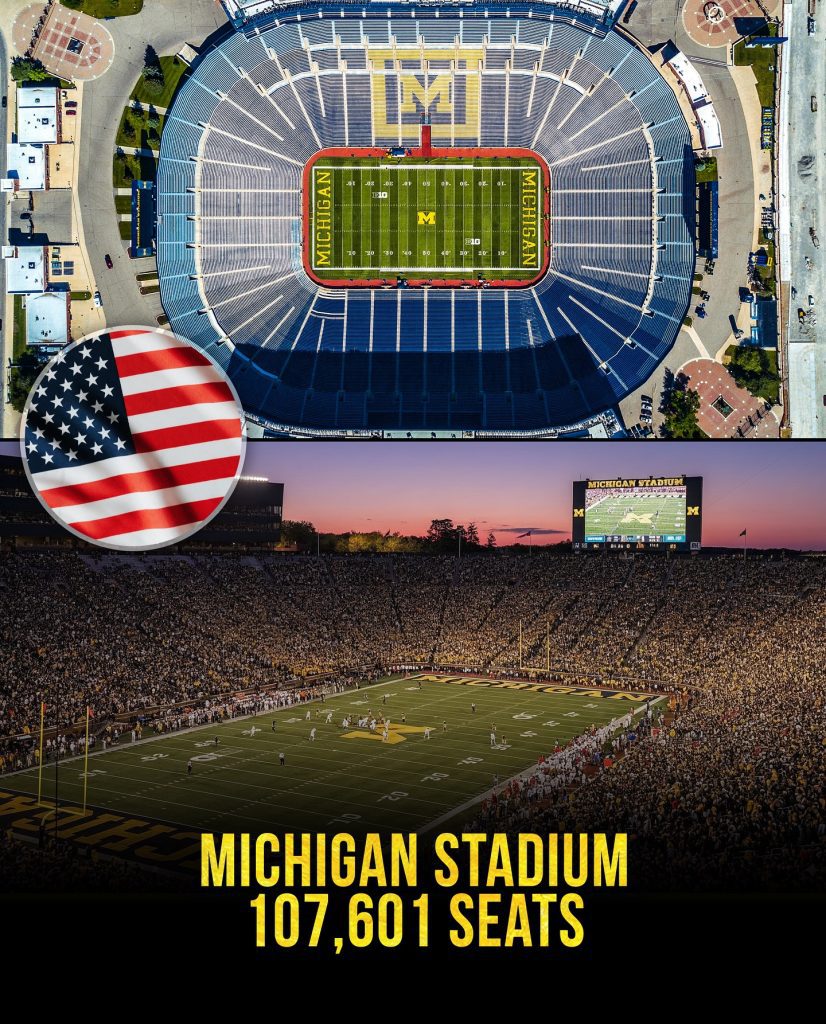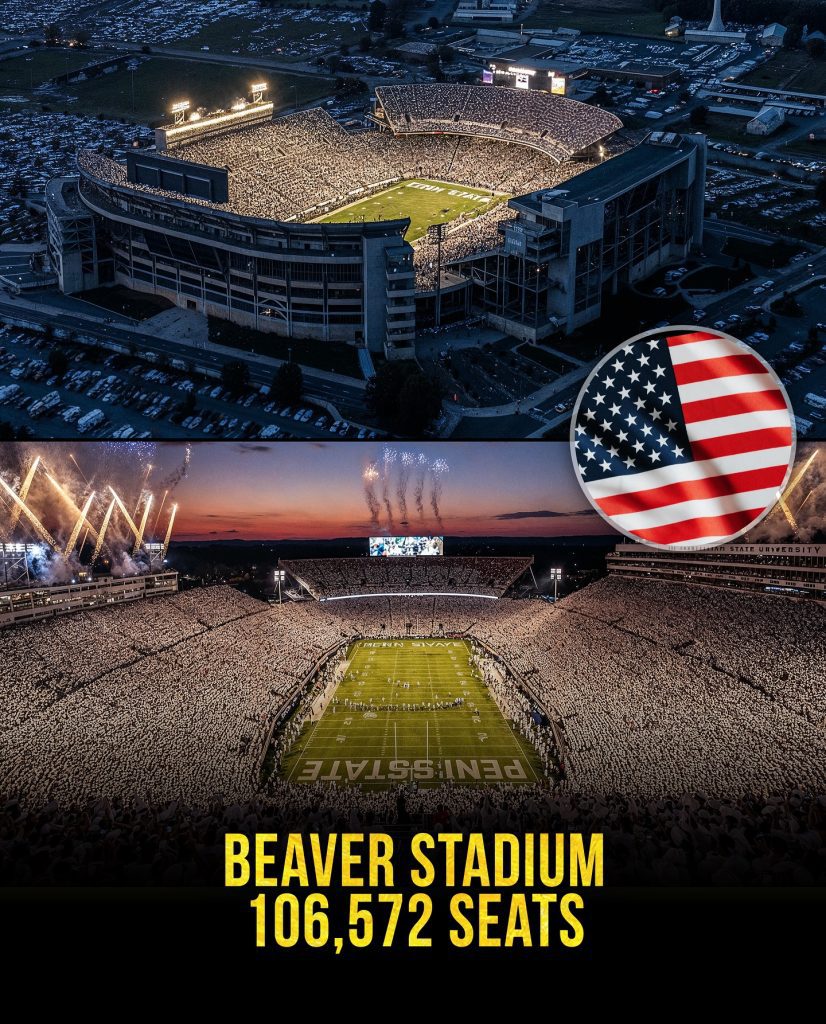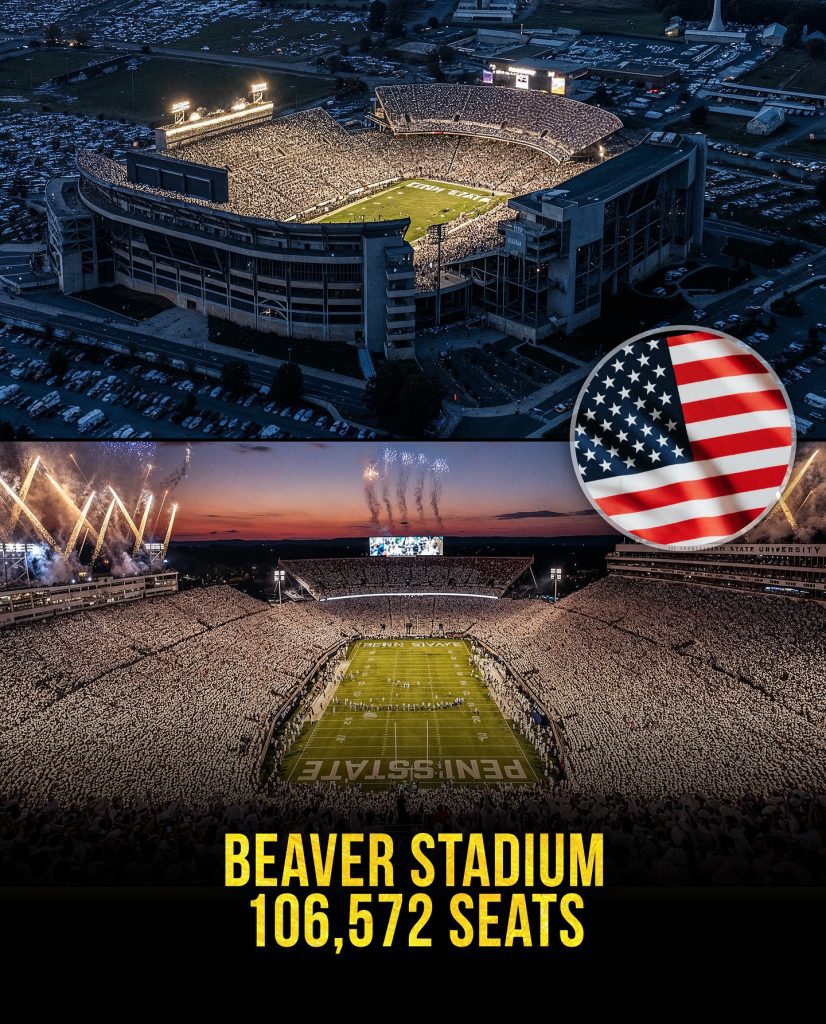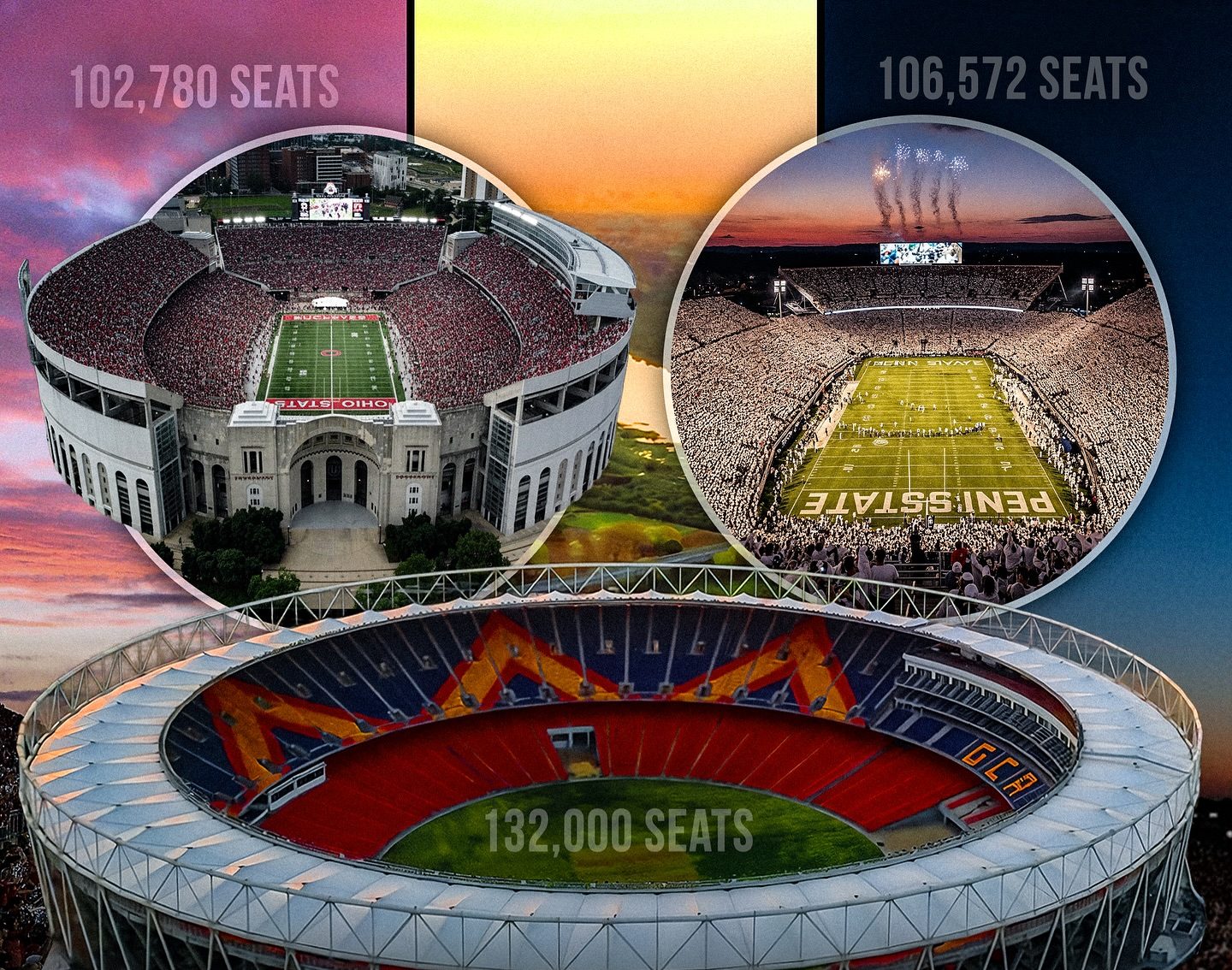From India’s Cricket Temple to America’s Football Cathedrals — A Journey Through the World’s Largest Stadiums by Official Seating Capacity
Narendra Modi Stadium – 132,000 Seats

If there’s a crown jewel of world stadiums, it’s the Narendra Modi Stadium in Ahmedabad, India. With 132,000 seats, this arena is officially the largest sports stadium on earth. Cricket is more than a game in India—it’s a unifying passion, and this stadium reflects that obsession in the grandest way possible. Renovated in 2020 with modern amenities, wide concourses, and improved player facilities, it’s designed not only to seat a massive crowd but to create an unforgettable atmosphere. On match days, the roar of more than a hundred thousand fans cheering for a boundary or erupting after a wicket feels like the earth itself is shaking. It is not just a venue—it’s a temple of cricket where national pride is written into every cheer.
Rungrado 1st of May Stadium – 114,000 Seats

Across the world, in Pyongyang, North Korea, sits the Rungrado 1st of May Stadium. Originally reported to seat 150,000, renovations in 2014 brought its official figure down to around 114,000. Even then, it remains one of the largest and most mysterious stadiums on the planet. Its design resembles a magnolia blossom, with sweeping roof arches that dominate the city skyline. While it hosts football matches and athletics, it is perhaps better known for political events and the famous Arirang Mass Games—choreographed displays involving tens of thousands of participants. The sheer scale of this arena makes it feel almost surreal, a mix of sports venue and national theater.
Michigan Stadium – 107,601 Seats

Back in the United States, the next giants belong not to professional leagues but to college football. The most famous of them all is Michigan Stadium, fondly called “The Big House.” With 107,601 seats, it is the largest stadium in the U.S. and the Western Hemisphere. On Saturdays in Ann Arbor, the stadium turns into a living city of maize and blue. Families, students, and alumni come together, making it more than just a game—it’s tradition, heritage, and community. The chants, the band music, the rivalries—everything about the Big House makes it a place where memories last generations.
Beaver Stadium – 106,572 Seats

In Pennsylvania, Beaver Stadium stands as another giant, with a capacity of 106,572. Home to Penn State football, it is the site of one of the most visually stunning traditions in sports: the “White Out” game. Imagine an entire stadium dressed in white, chanting and cheering in perfect unison. The energy is overwhelming, the atmosphere electric, and for opposing teams, it’s one of the most intimidating venues to step into. Beaver Stadium isn’t just about size—it’s about spectacle, emotion, and passion that stretches far beyond the game.
Ohio Stadium – 102,780 Seats

Known as “The Horseshoe” because of its unique shape, Ohio Stadium in Columbus is home to the Ohio State Buckeyes. With 102,780 seats, it has been a landmark of American college football since 1922. The sound of “O-H-I-O” chants echoing through the arches is iconic. Beyond football, the stadium has also hosted concerts and even NHL games, proving that its impact goes beyond sports. Yet for Buckeye fans, it remains the sacred ground of their team, a place where legends are made every fall
Kyle Field – 102,733 Seats

Down in Texas, Kyle Field is the pride of Texas A&M University, boasting 102,733 seats. What sets it apart is the famous “12th Man” tradition. Fans here don’t see themselves as mere spectators—they see themselves as part of the team. The noise generated by Aggie supporters is so deafening that visiting teams often describe it as overwhelming. This connection between crowd and players makes Kyle Field one of the most unique stadium experiences in the world.
Why These Stadiums Matter
Together, these six stadiums represent more than just engineering marvels. They reflect the cultures of their countries. India’s Narendra Modi Stadium is a monument to cricket’s role as a unifying force. North Korea’s Rungrado Stadium is as much a political symbol as it is a sports arena. The American stadiums—Michigan, Beaver, Ohio, and Kyle—showcase the incredible passion surrounding college football, where tradition, loyalty, and pride run as deep as professional leagues.
When you step into any of these arenas, you realize something powerful. It’s not just about the seats or the size. It’s about the shared experience—the chants, the colors, the collective emotion that binds strangers into a single voice. These stadiums are modern coliseums where history is written, not just in wins and losses, but in memories, pride, and unity.

